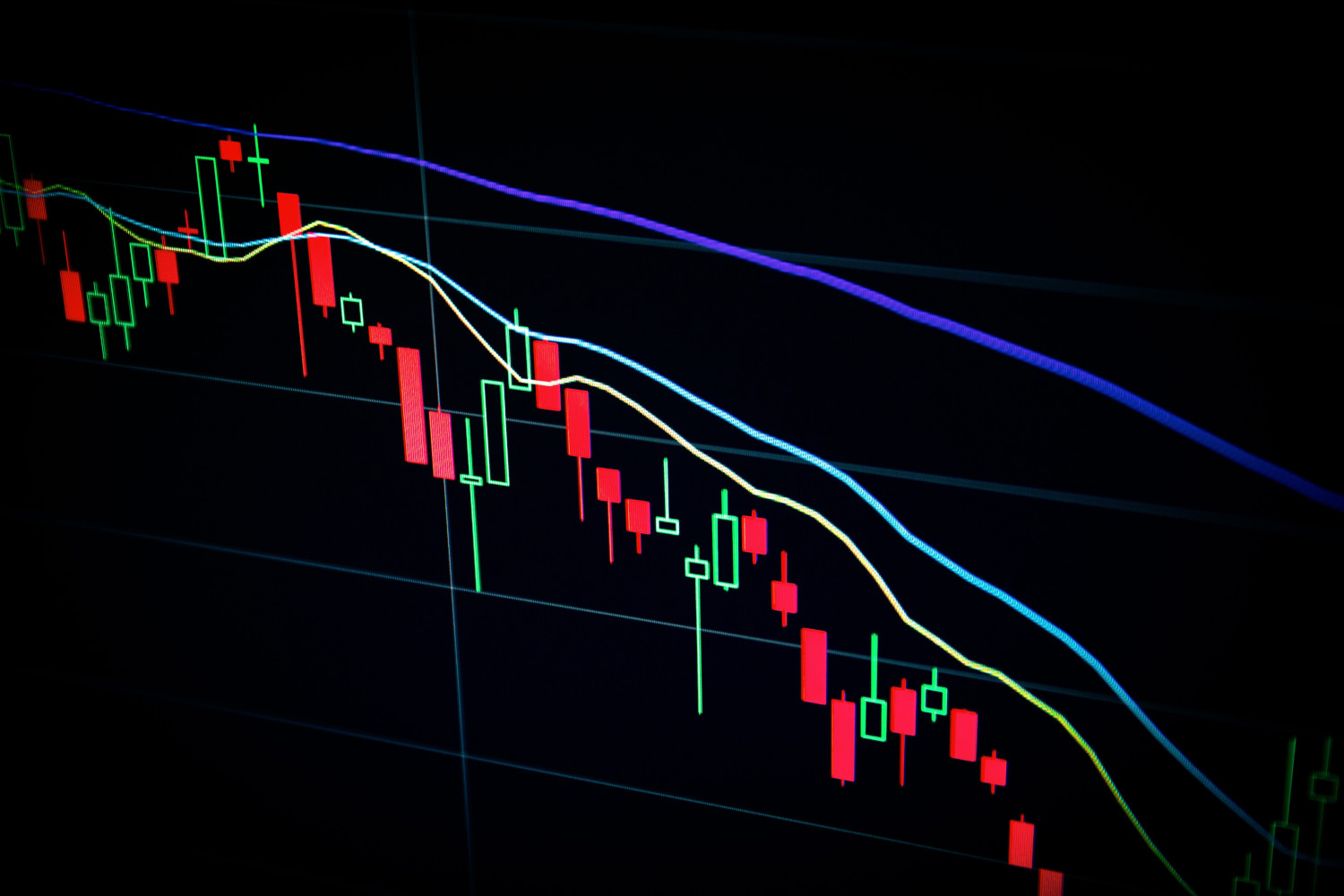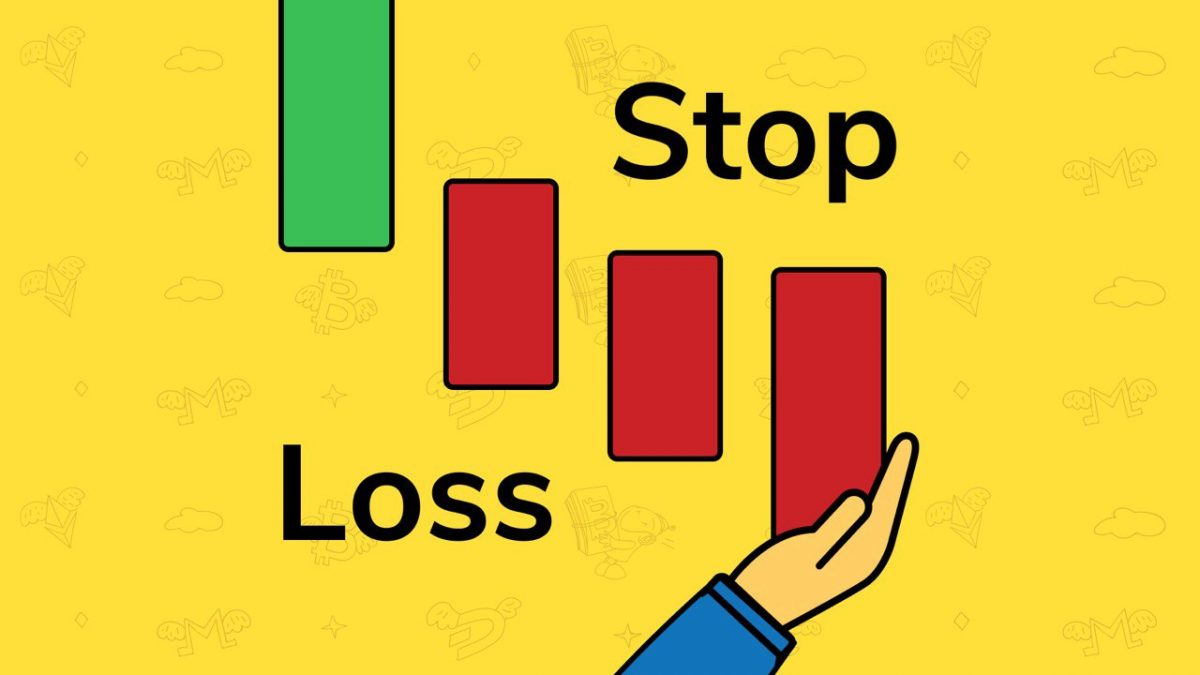How To Earn ₹500 Daily From Stock Market
Can I Earn ₹500 daily from stock market? Discover the secrets to earning a daily income of ₹500 from the stock market with our comprehensive
Table of Contents
ToggleOne of the most important aspects of swing trading is the ability to identify trends and patterns in the market. This can be done by analyzing historical price data, looking for patterns in the charts, and using technical indicators such as moving averages and trend lines.

One popular trend-following strategy is to use moving averages, which smooth out the price action and help to identify the direction of the trend. For example, if the short-term moving average is above the long-term moving average, it indicates an uptrend, and the trader may look to buy. Conversely, if the short-term moving average is below the long-term moving average, it indicates a downtrend, and the trader may look to sell.
Another strategy is to use chart patterns to identify potential buying or selling opportunities. Common chart patterns include head and shoulders, triangles, and flag and pennant patterns. These patterns can provide insight into the potential direction of the market and help traders make more informed decisions.
In addition to these strategies, traders also use other technical indicators such as Relative Strength Index (RSI) and Bollinger Bands to confirm trends and patterns in the market.
Overall, identifying trends and patterns in the market is a crucial step in swing trading and can greatly increase the chances of success.
Using technical indicators is an important aspect of swing trading as it can provide traders with valuable information about the market and help them make more informed trading decisions. Technical indicators are mathematical calculations based on the price and/or volume of a security.

These indicators provide insight into the strength and direction of a trend, as well as potential buying and selling opportunities.
Some of the most commonly used technical indicators for swing trading include:
It’s important to note that these indicators should be used in conjunction with other analysis such as fundamental analysis and chart patterns to make a trading decision. Technical indicators should never be used in isolation to make a trading decision.
Overall, using technical indicators can provide valuable information to swing traders and help them make more informed decisions about when to enter and exit trades.
Setting stop-loss and profit targets is an important aspect of swing trading, as it helps to manage risk and lock in profits.

A stop-loss is a pre-determined level at which a trader will exit a trade if the market moves against them. This helps to limit potential losses and protect capital. A trader can set a stop-loss at a certain percentage or dollar amount below their entry price. For example, if a trader enters a long position at $50 and sets a stop-loss at 5%, their stop-loss would be at $47.50.
A profit target, on the other hand, is a pre-determined level at which a trader will exit a trade if the market moves in their favor. This helps to lock in profits and avoid letting them slip away. A trader can set a profit target at a certain percentage or dollar amount above their entry price. For example, if a trader enters a long position at $50 and sets a profit target at 10%, their profit target would be at $55.
It’s important to note that stop-loss and profit targets should be flexible and adjusted as the trade progresses. Traders should also have a plan for adjusting their stop-loss and profit targets based on market conditions and their own risk tolerance.
Overall, setting stop-loss and profit targets is crucial for managing risk and locking in profits in swing trading. It helps traders to have a clear exit strategy for both winning and losing trades.
Diversifying your portfolio is an important aspect of swing trading, as it helps to spread risk and manage potential losses. Diversification means investing in a variety of assets, such as stocks, bonds, commodities, and currencies, instead of putting all your eggs in one basket.
One way to diversify your portfolio is to invest in a variety of sectors and industries. For example, instead of only investing in technology stocks, you can also invest in healthcare, consumer goods, and financials. This helps to spread risk and reduce the impact of any potential losses in one specific sector.
Another way to diversify is by investing in different asset classes. For example, you can invest in stocks, bonds, and real estate. This helps to spread risk across different types of assets and reduce the impact of any potential losses in one specific asset class.
It’s also important to diversify within the stock market by investing in different companies and not just one. Investing all your capital in one single company is a high-risk strategy and can lead to significant losses if the company performs poorly.
Additionally, diversifying your portfolio also means being mindful of your geographic exposure. Investing in different countries, regions or currencies can reduce the overall risk of your portfolio.
Overall, diversifying your portfolio is a crucial aspect of swing trading as it helps to spread risk, manage potential losses and increase the chances of success in the long-term
Risk management is a critical aspect of swing trading and it’s essential to have a strategy in place to manage potential losses. Here are some risk management techniques that traders can use:
It’s important to remember that no strategy or technique can guarantee success, and that risk can never be completely eliminated. However, by using these risk management techniques, traders can minimize the potential for loss and maximize their chances of success in the long-term.
Utilizing news and events to make trading decisions is an important aspect of swing trading. Economic events, company news, and other market-moving events can have a significant impact on the price of securities and provide valuable information for traders.
One way to use news and events in swing trading is to keep track of economic indicators such as gross domestic product (GDP), inflation, and employment figures. These indicators can provide insight into the overall health of the economy and potentially indicate the direction of the market. For example, strong GDP growth may indicate that the economy is expanding and the stock market is likely to rise, while weak GDP growth may indicate that the economy is contracting and the stock market is likely to fall.
:max_bytes(150000):strip_icc()/Daytradingretail-4580652-V1-07aafc440cce43889f20ef84c5180e7b.png)
Another way to use news and events is to keep track of company-specific news and events, such as earnings reports and mergers and acquisitions. These events can have a significant impact on the price of a company’s stock and provide valuable information for traders. For example, a positive earnings report may indicate that a company is performing well and its stock price is likely to rise, while a negative earnings report may indicate that a company is struggling and its stock price is likely to fall.
Also, it’s important to keep an eye on geopolitical events and global news that can also affect the market. For example, an unexpected election result, a natural disaster or a global pandemic can have a significant impact on the markets.
Overall, utilizing news and events to make trading decisions is an important aspect of swing trading. By keeping track of economic indicators, company news, and market-moving events, traders can gain valuable information and make more informed decisions. It’s important to note that it is recommended to use news and events in conjunction with other types of analysis such as technical and fundamental analysis
Using a trading journal to track progress and performance is an important aspect of swing trading. A trading journal is a record of a trader’s past trades, including entry and exit points, trade size, and any other relevant information such as emotions, news and events, etc. Keeping a trading journal allows traders to identify patterns in their trading behavior and make adjustments as necessary.
Here are some benefits of using a trading journal:
Overall, using a trading journal to track progress and performance is an important aspect of swing trading. It allows traders to identify patterns in their trading behavior, improve discipline, and make adjustments to improve their performance.
Patience and discipline are important aspects of swing trading, as they help traders to stay focused and make informed decisions.

Patience is important in swing trading because the markets can be volatile and unpredictable. Even the best-laid plans can go awry and it’s important to be patient and not make impulsive decisions based on short-term market movements. Traders who are patient and wait for the right opportunities to present themselves are more likely to be successful in the long-term.
Discipline is also crucial in swing trading, as it helps traders to stick to their trading plan and make logical, informed decisions. Traders who lack discipline may be prone to making impulsive decisions based on emotions, rather than market conditions. A trading plan should include a strategy for managing emotions, and a trader should stick to it.
Discipline also means following the rules of risk management and position sizing, and having a plan for adjusting stop-loss and profit targets based on market conditions.
Patience and discipline also go hand in hand when it comes to managing risk. A disciplined trader will be patient and wait for the right opportunities to present themselves, rather than chasing after every market move.
Overall, understanding the importance of patience and discipline is crucial for swing traders as it helps them to stay focused, make informed decisions and ultimately increase the chances of success in the long-term.
Using swing trading software and tools can be beneficial for swing traders as it can help to automate some of the more tedious aspects of the trading process, such as charting, analysis, and tracking trades.
Here are a few examples of swing trading software and tools that traders can use:
It’s important to note that while software and tools can be helpful, they should not be relied on exclusively. Traders should always use software and tools alongside other types of analysis, like fundamental and technical analysis, and they should know how to use them well.
Overall, using swing trading software and tools can be beneficial for swing traders as it can help automate some of the more tedious aspects of the trading process, such as charting, analysis, and tracking trades, but it should be used in conjunction with other forms of analysis
Can I Earn ₹500 daily from stock market? Discover the secrets to earning a daily income of ₹500 from the stock market with our comprehensive
What Are The Best Forex Swing Trading Strategies for 2023 Forex swing trading is a popular strategy for those looking to maximize their profits in

what are the best swing trading strategies? Swing trading is a popular investment strategy that involves holding positions for a period of several days to
Subscribe to Profitnama to access all articles, explanations, stock analysis
Already a member? Sign In Here